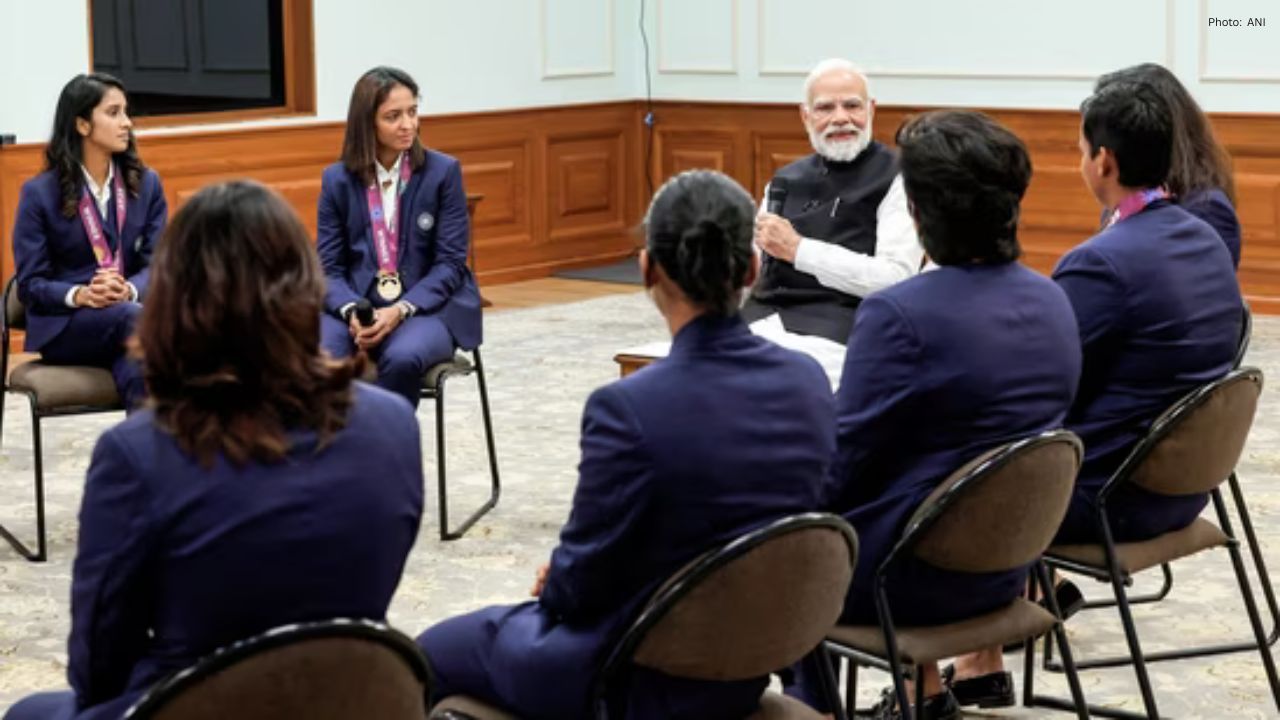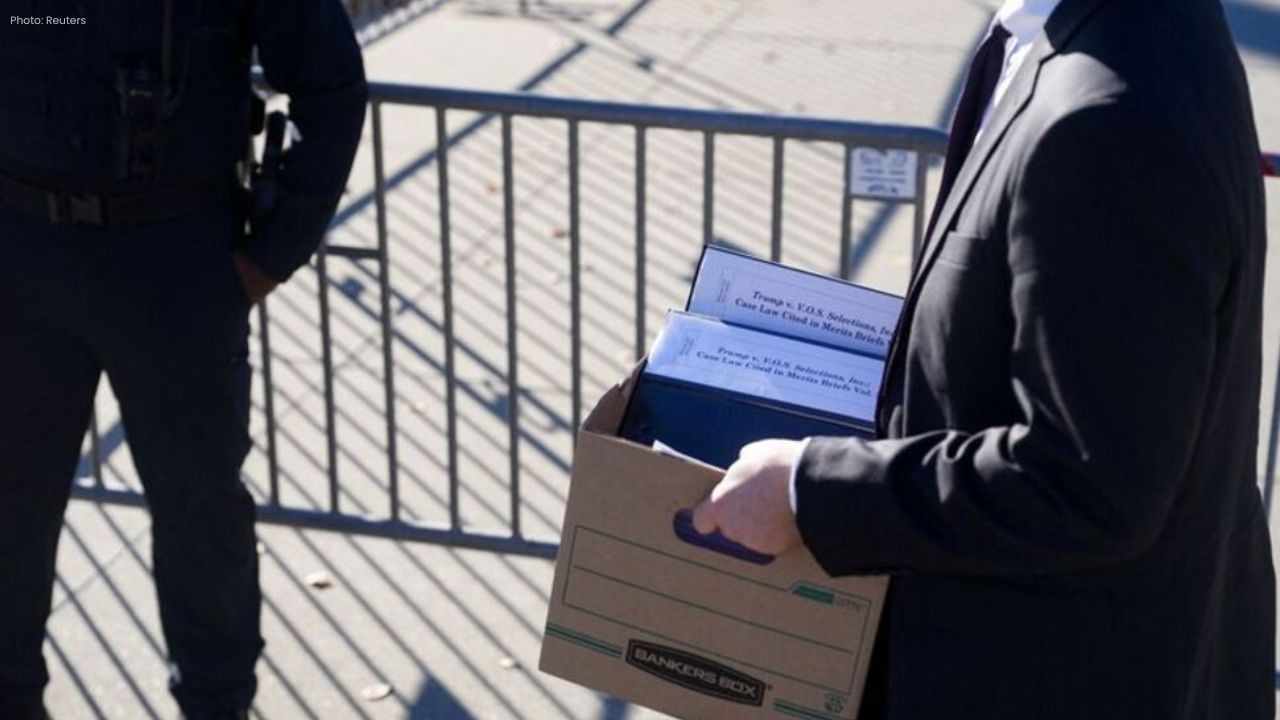
Harleen Kaur’s Playful Question on PM Modi’s ‘Glow
At a post-victory gathering, Harleen Kaur Deol teased PM Modi about his glowing skin; he pointed to

In a tense Wednesday hearing, the U.S. Supreme Court put President Donald Trump’s sweeping global tariff program under close scrutiny, calling into question the administration’s legal basis for the measures. Justices focused on the 1977 International Emergency Economic Powers Act (IEEPA), noting the law does not explicitly grant the president authority to impose tariffs, though it does permit import regulation under a declared national emergency.
Only Justices Samuel Alito and Clarence Thomas signaled support for the administration’s view; several other justices voiced doubt about an open-ended claim to tariff power. Legal analysts say the line of questioning increases the odds the court may rule against the tariffs, which have already generated more than $100 billion in duties paid by U.S. importers.
Experts warn that a loss in court may not end aggressive trade measures. Policymakers could pivot to other statutory tools, such as Section 232 of the Trade Expansion Act—invoked for national security—or Section 122 of the Trade Act, which allows temporary duties. Meanwhile, companies face planning challenges as they weigh investments amid continuing ambiguity.
Deciding who gets money back could prove messy. While some small businesses might receive automatic reimbursements, most importers would likely need to file administrative protests, a process that can take months. Customs attorneys caution that even with clear Supreme Court guidance, claims and refunds might not be resolved for up to a year.
The court’s decision, anticipated in early 2026, adds another layer of uncertainty for international commerce—particularly after a recent U.S.-China trade détente and agreements with several Southeast Asian nations that temporarily eased trade tensions. Economists warn that prolonged ambiguity could ripple through investment choices and industries that depend on cross-border trade.
As the litigation moves forward, companies and officials are bracing for continued volatility. The Supreme Court’s final ruling could significantly reshape the boundaries of presidential power over international trade policy.